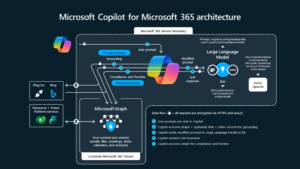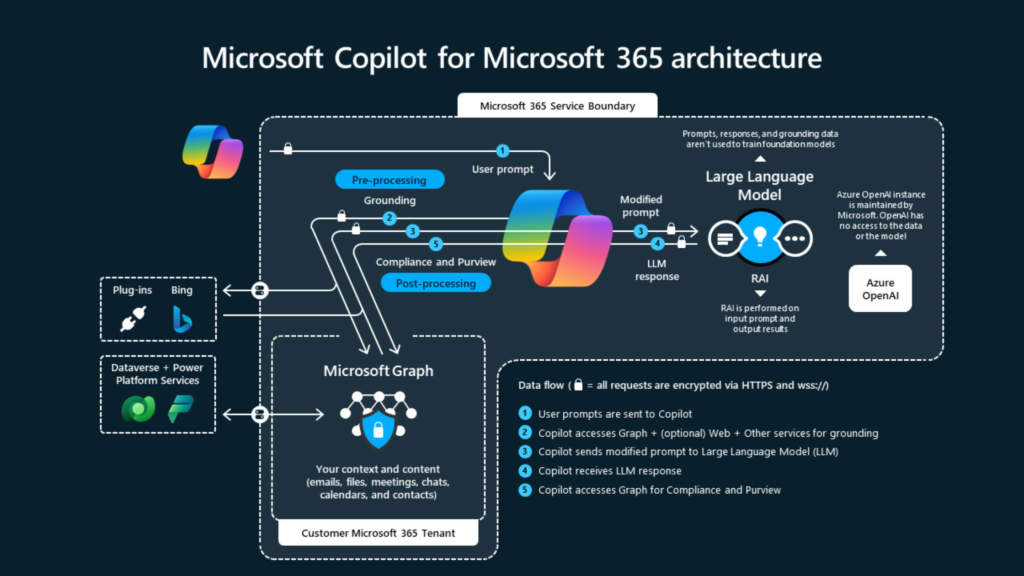There are times when you want to add a new type of participant other than security role participants and user group participants, this post describes the steps to take and achieve this requirement.
This is the final output
Let’s find out how did it work.
This is how each type of participant exists in AOT so a new Workflow Participant Assignment Provider needs to be created in order to see it in the Type of participant list as for this example ‘Vendor invoice approval provider’ is being added.
Created a new Workflow Participant Assignment Provider with the following properties.
Available For All Workflow Templates = No [Just want to have this new Participant type vendor invoice approval workflow]
Added new workflow type and link it with VendInvoiceApprovalJournalTemplate which is the workflow type name for Vendor tax invoice approval journal workflow
Each provider has a Provider class and here is an example of the class used for above created participant provider
class FF_VendInvoiceWFParticipantProviderExpend extends WorkflowParticipantProvider_Expend
{
const str owner = ‘OWNER’;
public WorkflowParticipantExpenDocumentType documentType()
{
return WorkflowParticipantExpenDocumentType::VendInvoice;
}
public WorkflowParticipantTokenList getParticipantTokens()
{
WorkflowParticipantTokenList tokenList = WorkflowParticipantTokenList::construct();
tokenList = super();
tokenList.add(owner, ‘@SYS77709’);
return tokenList;
}
///
<summary>
<summary>
/// Resolves the vendor invoice line
dimensions to a list of users
dimensions to a list of users
///
</summary>
</summary>
/// <param
name=”_context”>
name=”_context”>
/// An instance of the
<c>WorkflowContext</c> class
<c>WorkflowContext</c> class
///
</param>
</param>
/// <param
name=”_participantTokenName”>
name=”_participantTokenName”>
/// The participant token that is selected for
a role-based assignment.
a role-based assignment.
///
</param>
</param>
///
<returns>
<returns>
/// An instance of the
<c>WorkflowUserList</c> class that contains the enabled users from
the token
<c>WorkflowUserList</c> class that contains the enabled users from
the token
///
</returns>
</returns>
///
<exception cref=”M:Exception::Error”>
<exception cref=”M:Exception::Error”>
/// Participant token does not exist
///
</exception>
</exception>
public WorkflowUserList resolve(WorkflowContext _context, WorkflowParticipantToken _participantTokenName)
{
LedgerJournalTable ledgerJournalTable = this.getLedgerJournalTableFromContext(_context);
WorkflowUserList userList = WorkflowUserList::construct();
if (_participantTokenName == owner)
{
userList.add(DirPersonUserEx::worker2UserId(LedgerJournalTable::findRecId(_context.parmRecId()).FF_Originator));
}
return userList;
}
///
<summary>
<summary>
/// Gets the
<c>LedgerJournalTable</c> record from the workflow context.
<c>LedgerJournalTable</c> record from the workflow context.
///
</summary>
</summary>
/// <param
name = “_context”>The workflow context.</param>
name = “_context”>The workflow context.</param>
///
<returns>A <c>LedgerJournalTable</c> record.</returns>
<returns>A <c>LedgerJournalTable</c> record.</returns>
private LedgerJournalTable getLedgerJournalTableFromContext(WorkflowContext _context)
{
LedgerJournalTable ledgerJournalTable;
if (_context.parmTableId() == tableNum(LedgerJournalTable))
{
ledgerJournalTable = LedgerJournalTable::findRecId(_context.parmRecId());
}
else if (_context.parmTableId() == tableNum(LedgerJournalTable))
{
ledgerJournalTable = LedgerJournalTrans::findRecId(_context.parmRecId(),
false).ledgerJournalTable();
false).ledgerJournalTable();
}
return ledgerJournalTable;
}
///
<summary>
<summary>
/// Validates
that the <c>WorkFlowContext</c> has the expected tables.
that the <c>WorkFlowContext</c> has the expected tables.
///
</summary>
</summary>
/// <param
name = “_context”>The workflow context.</param>
name = “_context”>The workflow context.</param>
///
<returns>true if the expected tables are found; otherwise,
false.</returns>
<returns>true if the expected tables are found; otherwise,
false.</returns>
private boolean doesContextHaveExpectedTable(WorkflowContext _context)
{
return _context.parmTableId() == tableNum(LedgerJournalTable) || _context.parmTableId() == tableNum(LedgerJournalTrans);
}
public static FF_VendInvoiceWFParticipantProviderExpend construct()
{
return new FF_VendInvoiceWFParticipantProviderExpend();
}
}
If your interested to know how it used to work in AX 2012, follow this link https://dynamicsnavax.blogspot.com/2009/12/ax-workflow-direct-approver.html












